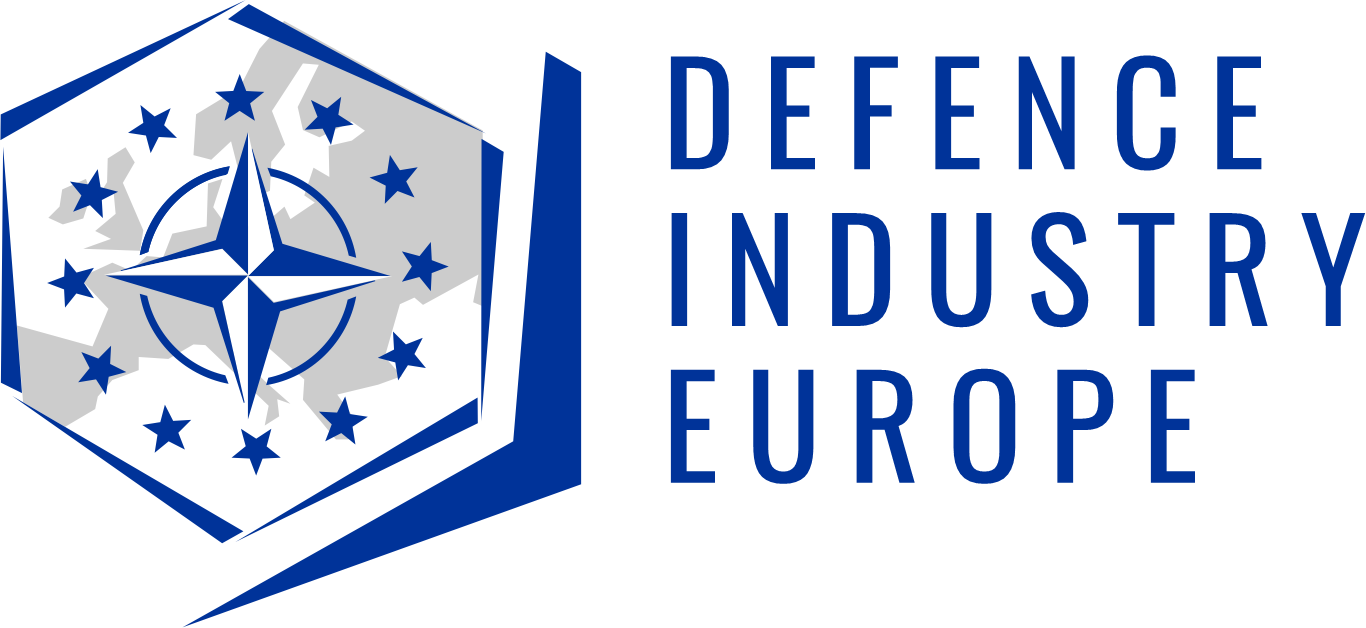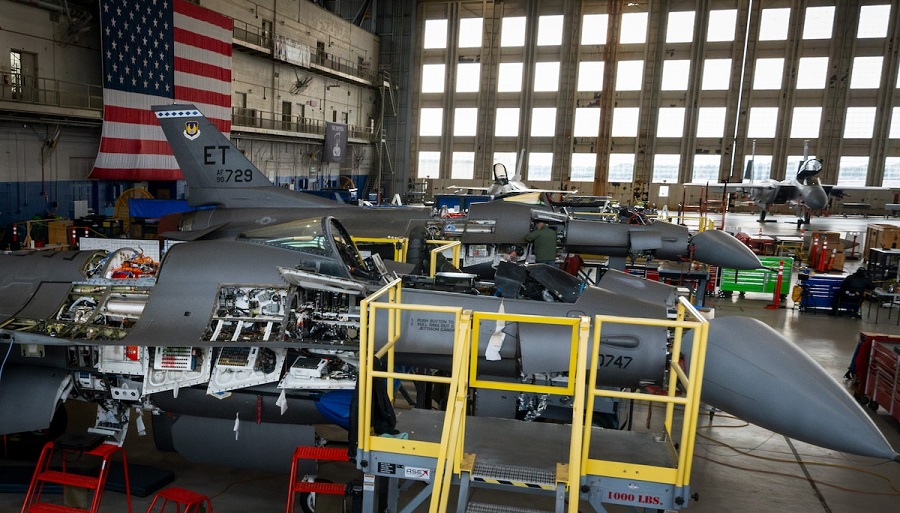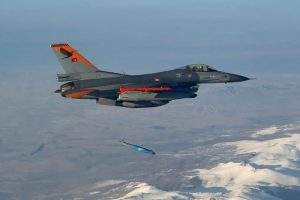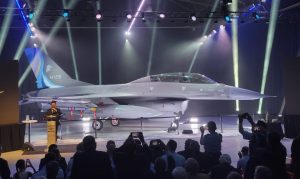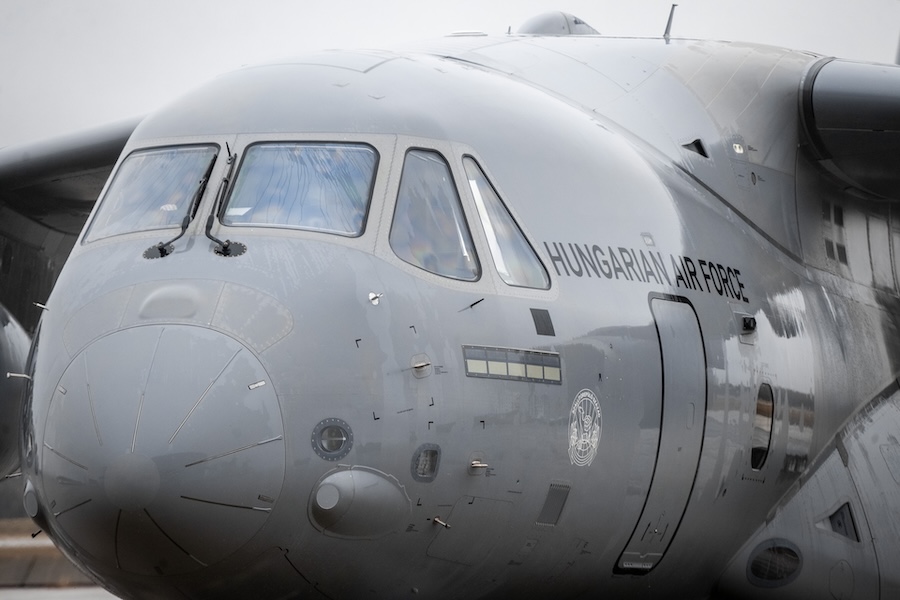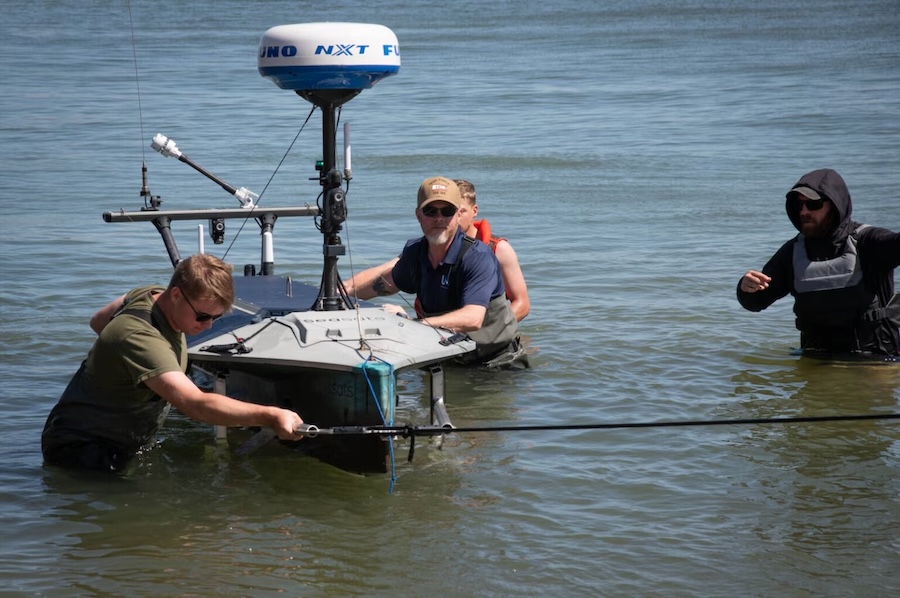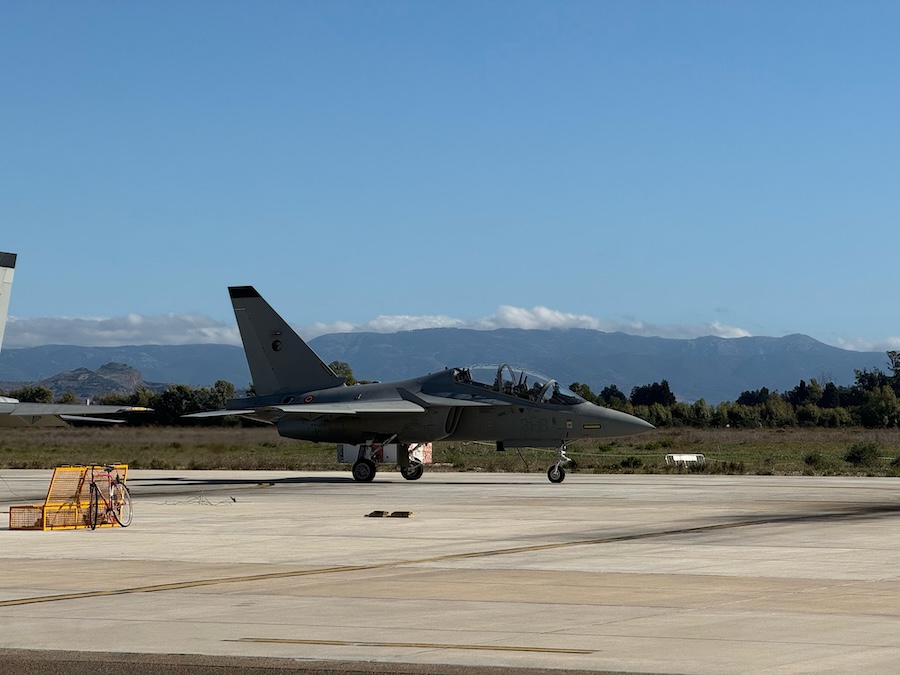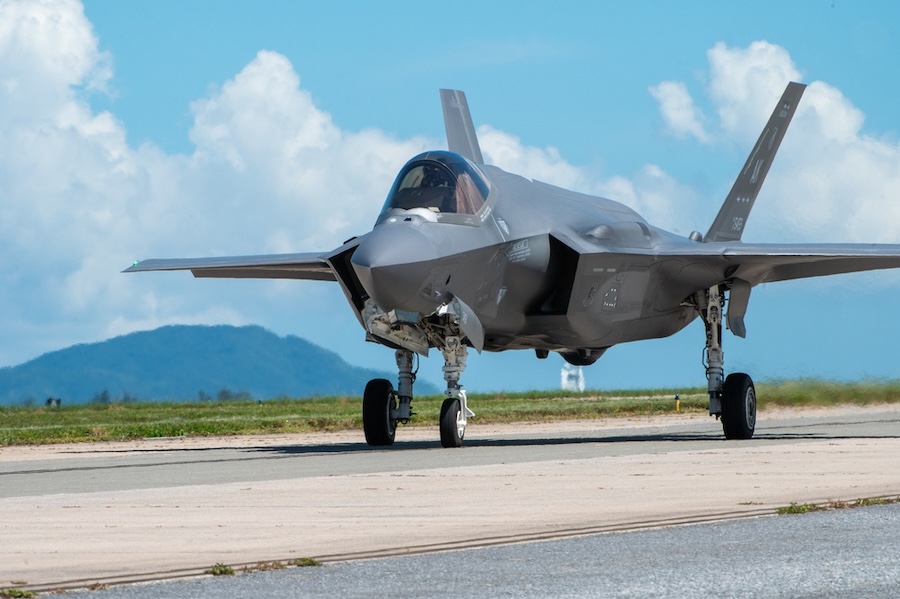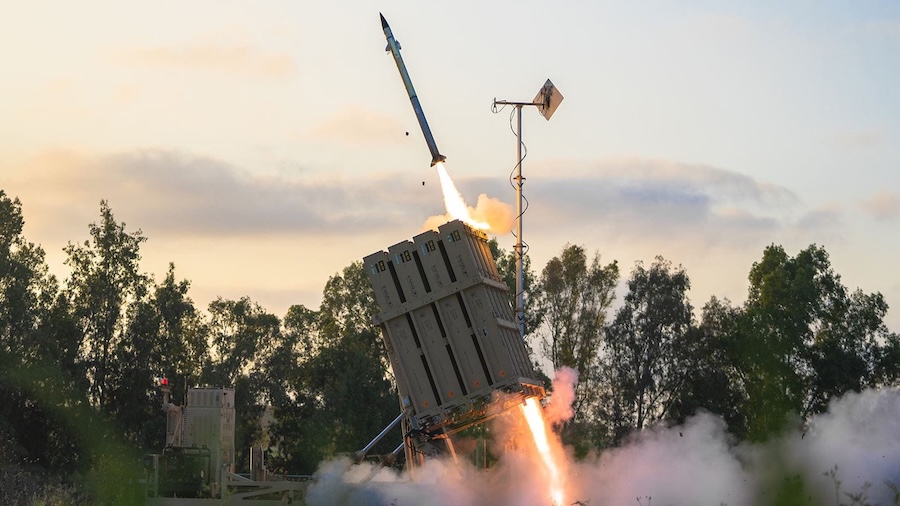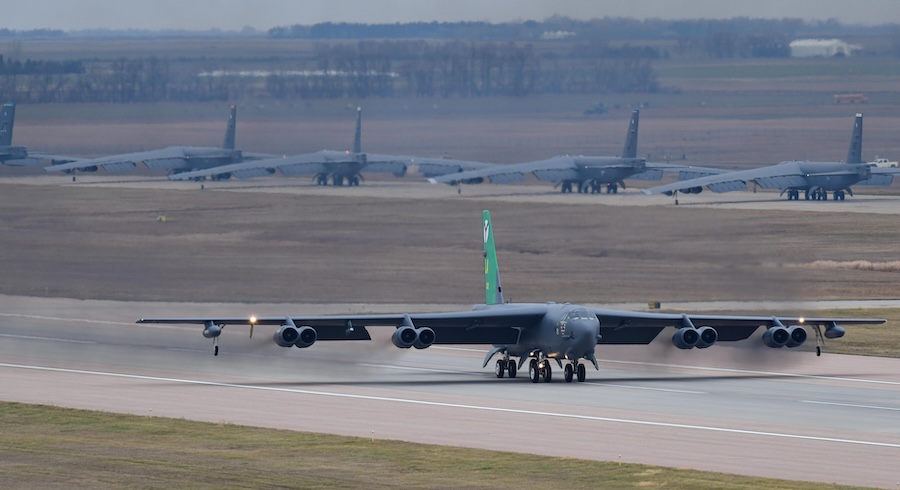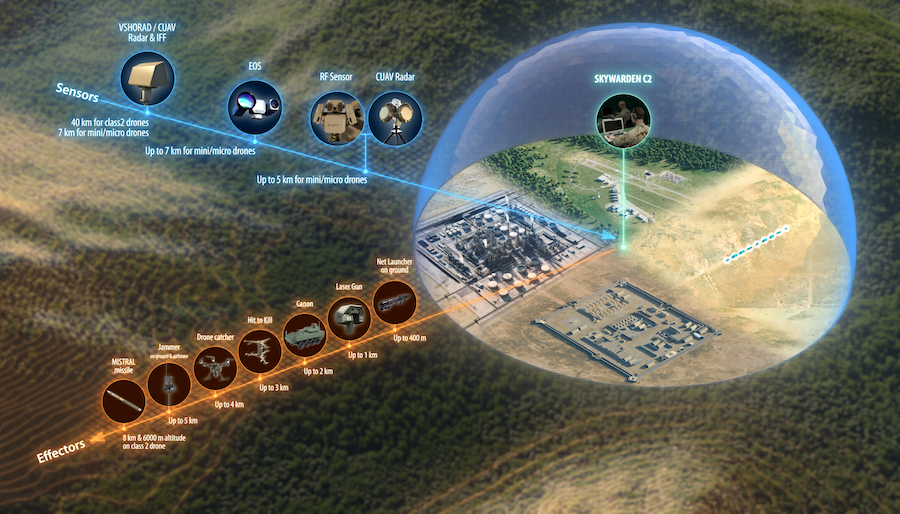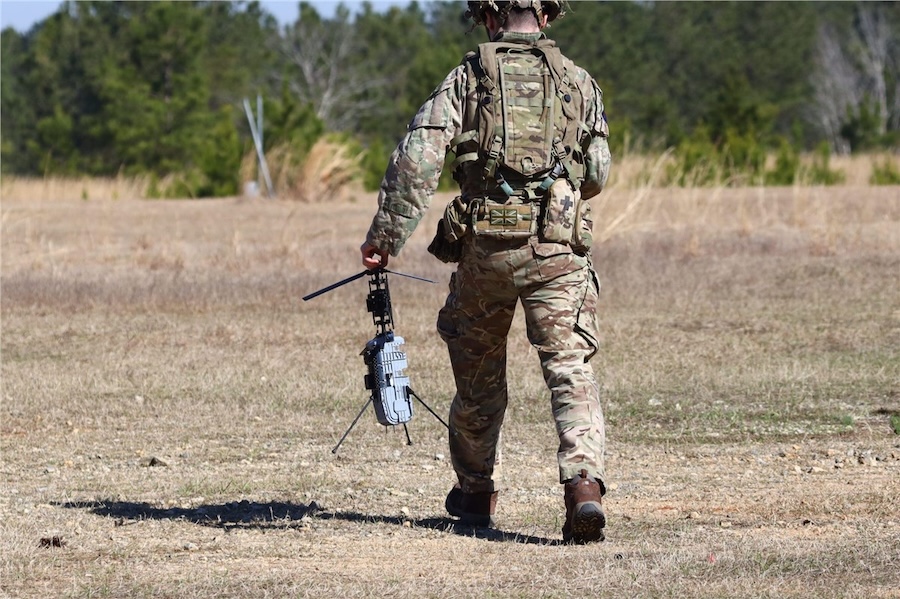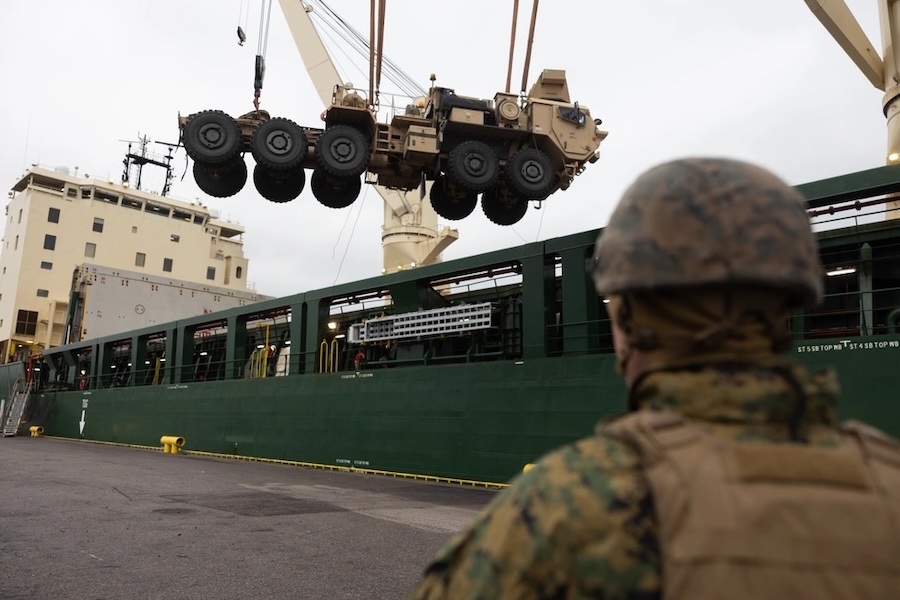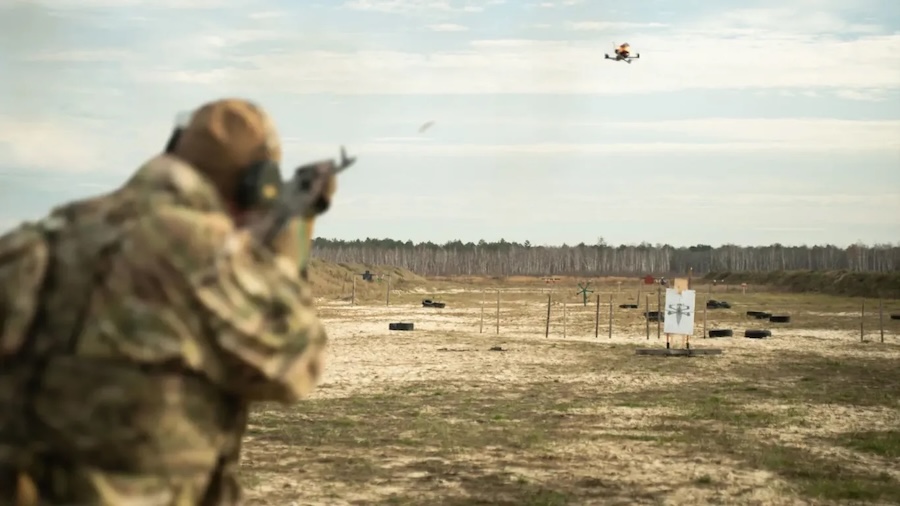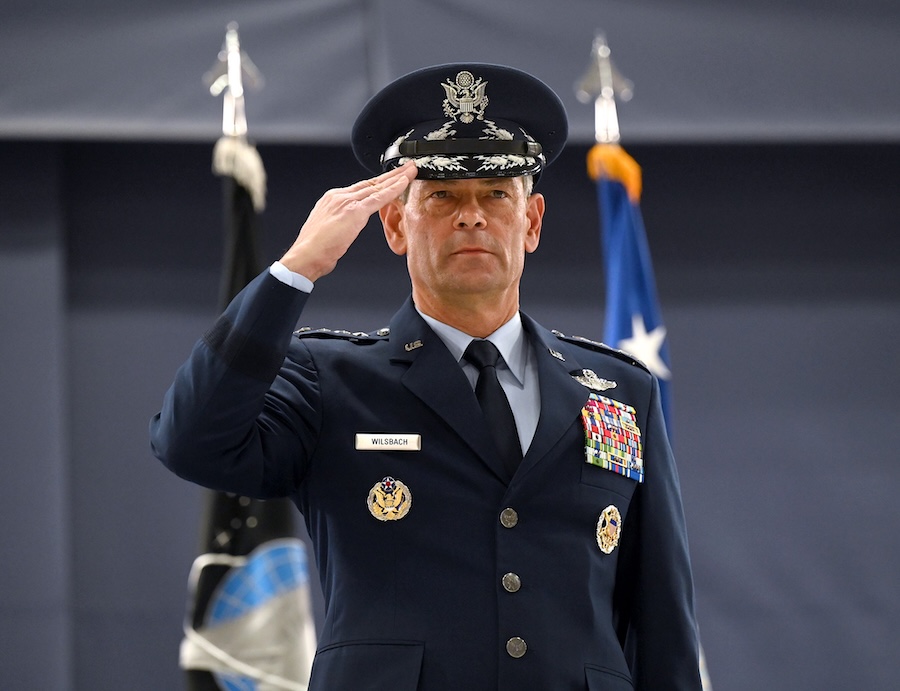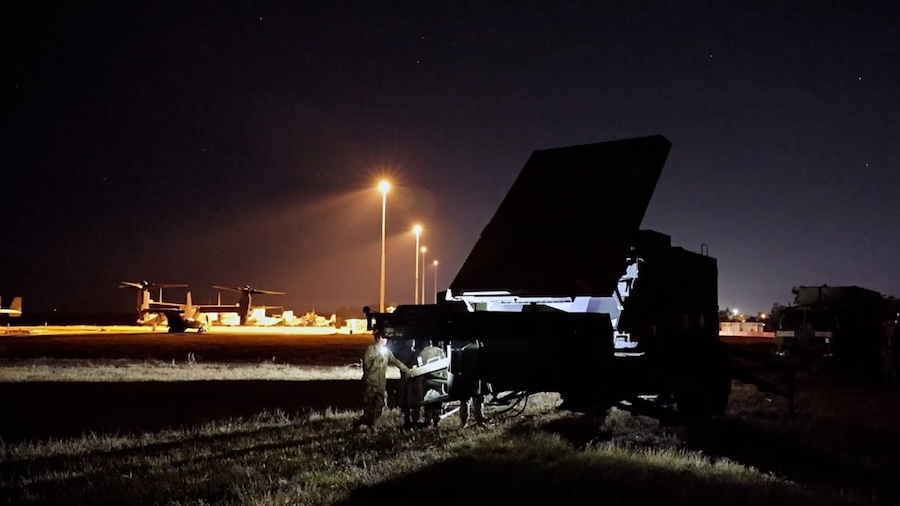Currently, three F-16s are undergoing modification at Eglin Air Force Base, where engineers are integrating new systems including an auto-throttle, flight control enhancements, and onboard instrumentation. These changes will enable the aircraft to be flown by an autonomous system capable of managing both thrust and control surfaces.
“Modifying the aircraft is the result of a rigorous design phase and brings us one step closer to testing autonomy on a fighter jet with real mission systems and capabilities,” said Maj. Trent McMullen, advanced capabilities division chief at the 40th Flight Test Squadron. The updates are designed to support future testing of complex autonomous behaviours in real-world mission settings.
Meanwhile, autonomy software is being trained in faster-than-real-time simulations, where it is exposed to a variety of air combat scenarios. These include one-on-one and two-on-two missions, both within and beyond visual range, to assess the system’s decision-making capabilities under pressure.
“These simulations provide an efficient way to train the autonomy to learn complex air combat tactics,” McMullen explained. “A specific scenario can be run 1,000 times and the variations and decisions made throughout that mission can be studied. We can then make recommendations to the developers on how to improve the autonomy’s behaviours and overall performance.”
The next development phase involves software and hardware-in-the-loop testing, focusing on connectivity between the autonomous system and the aircraft. These tests also aim to ensure safety by confirming that autonomous commands cannot exceed flight envelope or endanger the pilot.
The safety of aggressive manoeuvres is being examined through simulator tests, with a test pilot in the loop to monitor and override autonomous actions when necessary. This “human-on-the-loop” concept ensures direct oversight during initial flight operations.
Following successful software and hardware testing, a fully modified F-16 will begin ground testing. As with most aircraft testing at Eglin, the VENOM programme will undergo both developmental and operational testing phases simultaneously.
“Having both DT and OT pilots working and flying from the same location allows for daily collaboration and reduces the stove piping of knowledge and lessons learned,” said Lt. Col. Jeremy Castor, VENOM’s operational test lead. This integrated approach is expected to significantly accelerate the programme’s progress.
“As the VENOM program’s first flight approaches, we are excited to test novel autonomous solutions,” McMullen added. “The strides we’ve witnessed in the simulation environment suggest VENOM will help advance aerial combat capabilities for future crewed and uncrewed platforms.”



